African Harrier Hawk
Sitting right outside my window I couldn’t get outside before it had gone, although still got a nice picture trough the window
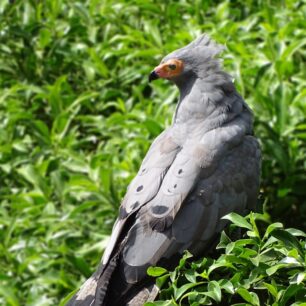
Sitting right outside my window I couldn’t get outside before it had gone, although still got a nice picture trough the window
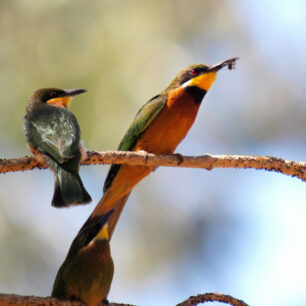
Perched high in the trees a number of Bee Eaters where alternating between relaxing and diving down catching insects
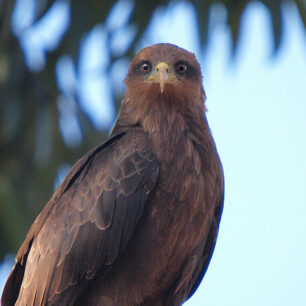
Yellow billed kite staring right into the camera. Perched high in blue gum tree this Yellow billed kite turned its head and looked straight into the camera.
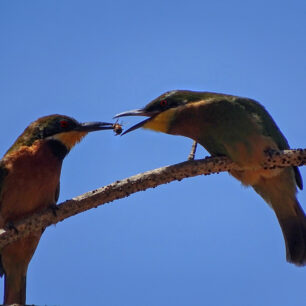
Either a female or immature Cinnamon Chested Bee Eaters being fed with insects. Perfect day with clean skies and warm sunlight
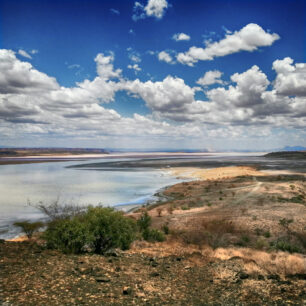
Here we stand atop a small hill near the lake’s edge, a vantage point offering a stunning panorama of the mineral-rich expanse. From this southern viewpoint, you can clearly see the rich mineral deposits forming a white crust along the waterline. Magadi’s climate can become brutally hot in January and February, as humidity from the lake combines with the heat trapped within the rift valley. It’s a landscape that is both stark and rugged, yet undeniably captivating in its unique beauty.
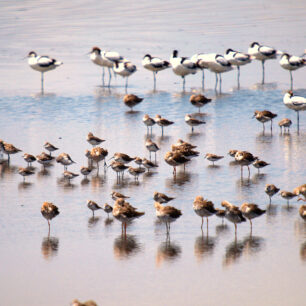
On a very hot February afternoon in Magadi the birds are standing still in the stale air that has the characteristic smell of sulfur from the mineral rich waters
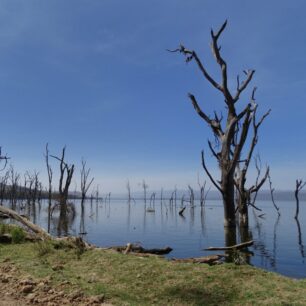
In the last three years the Lake Nakuru water table has been raising and it have submerged quite a number of yellow fever trees that now stands as dark dead wood in the waters.
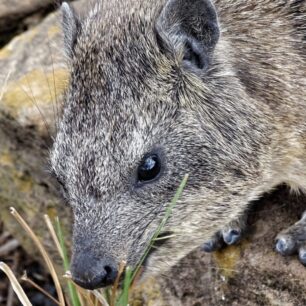
You will normally encounter the Hyrax on steep rock formations or in mountainous terrain. Generally a shy animal that is difficult to get close to.
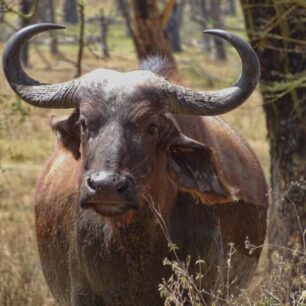
In between the yellow fever trees close to the lake shore a beautiful Buffalo is grazing
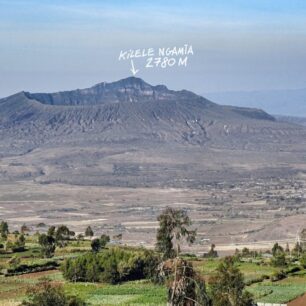
Mount Longonot, whose peak is known as Kilele Ngamia (the camel’s hump), has been my training ground for years, preparing me for bigger and tougher climbs. Here from the escarpment viewpoint of the Rift Vally, you can clearly see the sharp transition from the lush green fields at higher altitude to the dry environment of the button of the Rift Valley below. Mount Longonot is a popular destination for those seeking a reasonably accessible mountain to conquer on a one-day trip.

Two zebras having an angry exchange and violently biting, kicking and bumping into each other. Zebra friction is a common occurrence in the animal kingdom. Zebras are known to be quite temperamental and can easily become agitated, especially when in close proximity to each other. In an angry exchange, they will often bite, kick and bump into each other until one backs down. This behavior is believed to help maintain order within the herd and prevents any one zebra from becoming too dominant.
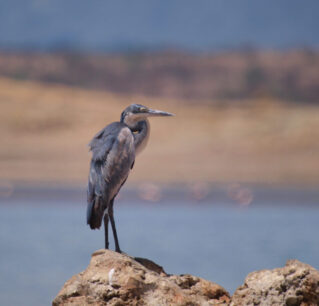
A Grey Heron stands motionless at the edge of Lake Magadi with its eyes closed. It’s midday and the temperature is close to 40 celsius, heat simmers when you focus on the distance and there is very little activity in the bird flocks that traverse the lake for crayfish and other critters that make up their diet. A sense of stillness hangs heavy in the air, broken only by the occasional rustle of wind through the dry grasses and the faint, distant sound of flamingos traversing the lake.
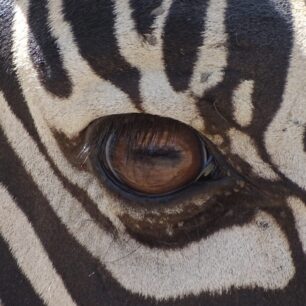
The zebra has horizontal elongated pupils that gives it wide angle vision even in sharp light when the pupil is nearly closed. This together with the eyes placed on each side of the head makes for close to 300° of vision. Very difficult to sneak upon a animal with that kind of sensory awareness.
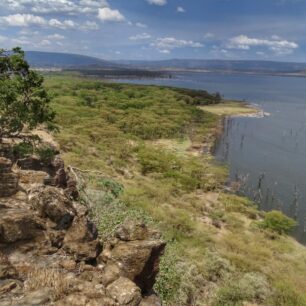
View over Lake Nakuru from the Baboon cliffs. The same cliffs are also home to large families of Hyraxes